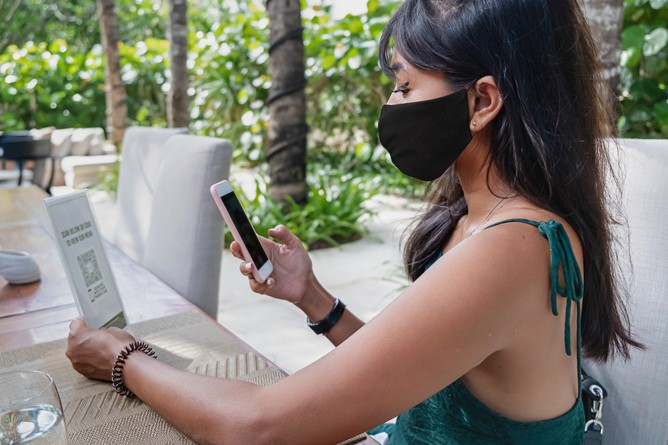Why smart businesses will prioritise smart payments acceptance
February 3, 2022 | By Tobias Puehse
This byline first appeared in e27 on January 31, 2022.
The more digital payment options a merchant makes available, the more points of interaction (POI) it has with consumers
As businesses emerge from a pandemic that drove many to adopt digital payments, they are now looking to leverage their investments for faster recoveries. What’s more, consumers too are showing all the signs that digital payments will continue to grow; 93 per cent intend to try at least one emerging payment method in the next year, while close to three in four would both shop at small businesses more frequently if they offered more payment options, and are more loyal to retailers that offer multiple payment options.
Looking at this trend, I’d argue that smart businesses should even view payments acceptance as a revenue growth driver.
The more digital payment options a merchant makes available, the more points of interaction (POI) it has with consumers. As the number of touchpoints grows, they can drive operational efficiencies, create loyalty programs and improve the customer experience.
These outcomes can help businesses grow their revenues and the ROI on their acceptance investments.
For example, QR codes have proliferated around Asia as a simple and easy acceptance point, and many businesses have started digitising payments with them. They are also mobile, a feature we’re making even easier for micro and small merchants through its patented QR on Card technology.
It does what the name suggests: places a QR code on a card, so consumers and micro-merchants can use one tool to accept and receive payments – from anywhere. This solution requires little onboarding and no hardware costs for merchants. It also provides consumers with an easy, touchless and hygienic way to pay.
Getting paid is now even easier
There are two additional ways to solve the “getting paid” challenge. In one instance, consumers can scan a QR code without the need for an app directing them to a merchant’s online checkout site. With this, the mobile device essentially becomes a checkout counter through which they can pay with stored credentials or Click to Pay.
We’re working on a second solution with banking partners to enable consumers to scan a QR code and pay using a Mastercard card.
While QR codes provide a convenient experience for consumers, tap and go contactless payments with a card or mobile device are the fastest way to pay. Small merchants– mainly those who want to broaden their customer base– can provide this experience via Soft POS.
They download the app-based acceptance point onto a mobile device to do so. This helps merchants widen their acceptance net, giving them the flexibility to accept payments in and out of the store and provide a better consumer experience earlier in their growth stages.
Accepting account-to-account and card payments facilitates digitalising a significant proportion of merchant revenues. Soft POS advocates recognise this and propose several business management tools integrated within the acceptance point.
This transformation opens new avenues for merchants to digitalise other aspects of their business. For example, Zoho offers small businesses more than 45 integrated suites of business apps through our partnership.
Smart POS will only get smarter
For small and medium-sized businesses with greater in-store presence, smart, dedicated terminals can be a more efficient, easier way to accept payments of all types and free up mobile devices. These can also be integrated into more robust software solutions.
As the next generation of payment solutions enables biometric payments, the contactless experience will ratchet up yet another notch. In the not-too-distant future, a consumer will be able to walk up to a self-checkout Smart POS, smile, be directed to a checkout page with their stored card credentials, use loyalty points at the point of sale, approve a transaction and walk out of the store– all without needing to touch a card or phone. And this will happen with the consumer’s full consent and their privacy protected.
This futuristic consumer experience is not too far away. According to the Mastercard New Payments Index, 44 per cent of consumers in the Asia Pacific said they plan to use biometrics next year.
To capture this growth, we’ve partnered with an industry leader to create a certification process to ensure biometrics vendors provide the highest level of cybersecurity possible. Innovating and providing multiple POS solutions will enable merchants to tailor their payments strategy, better engage consumers and capture new revenue opportunities.
